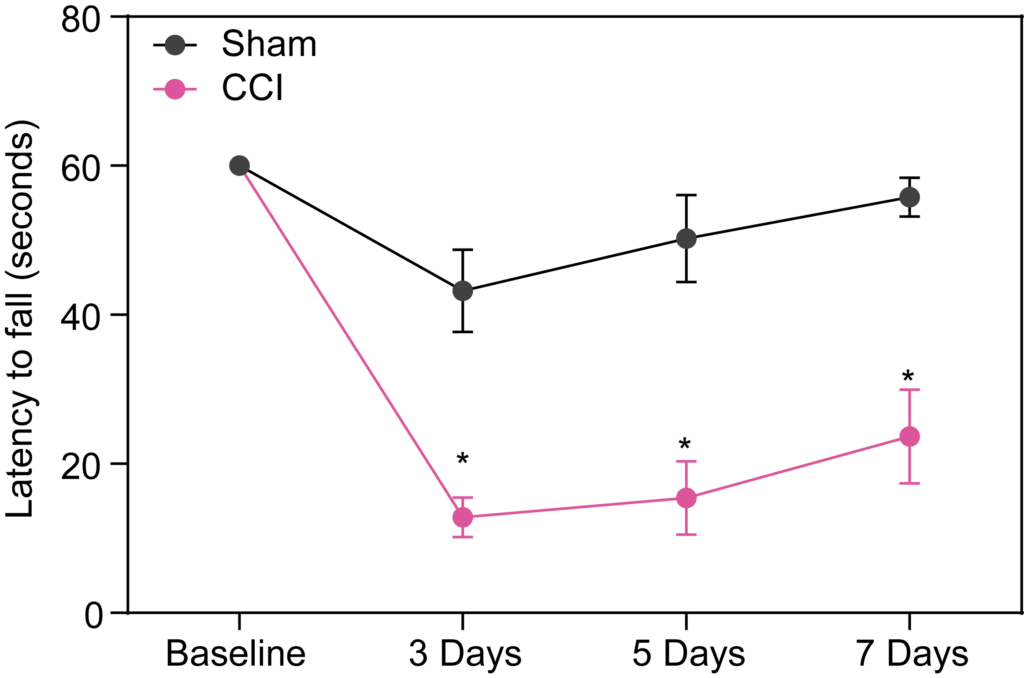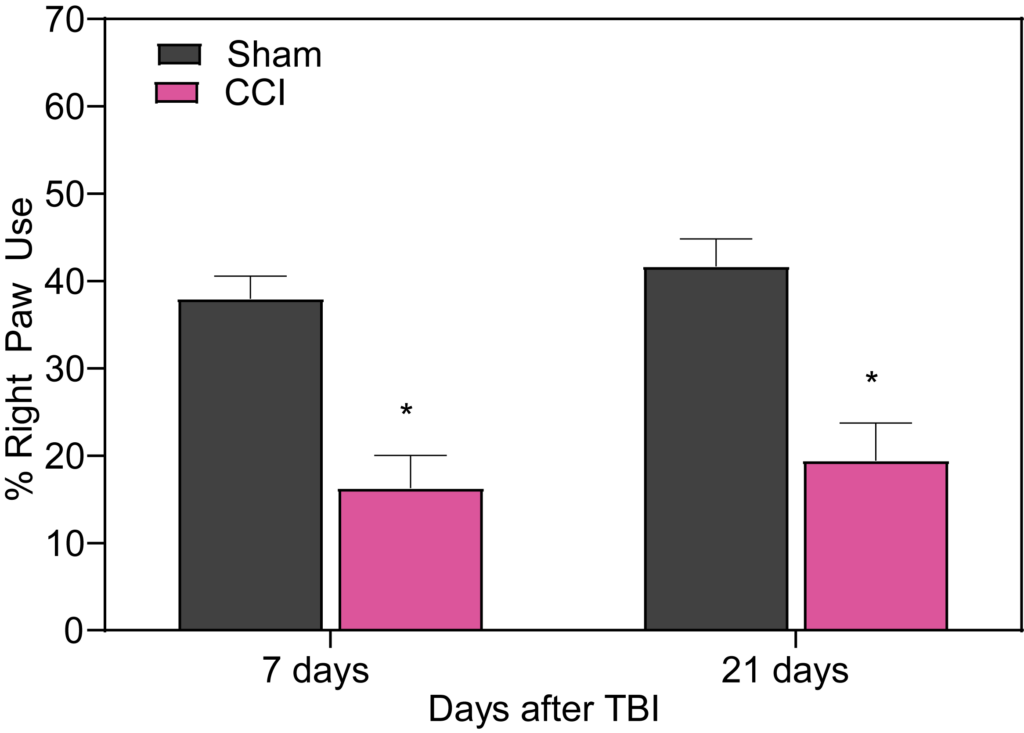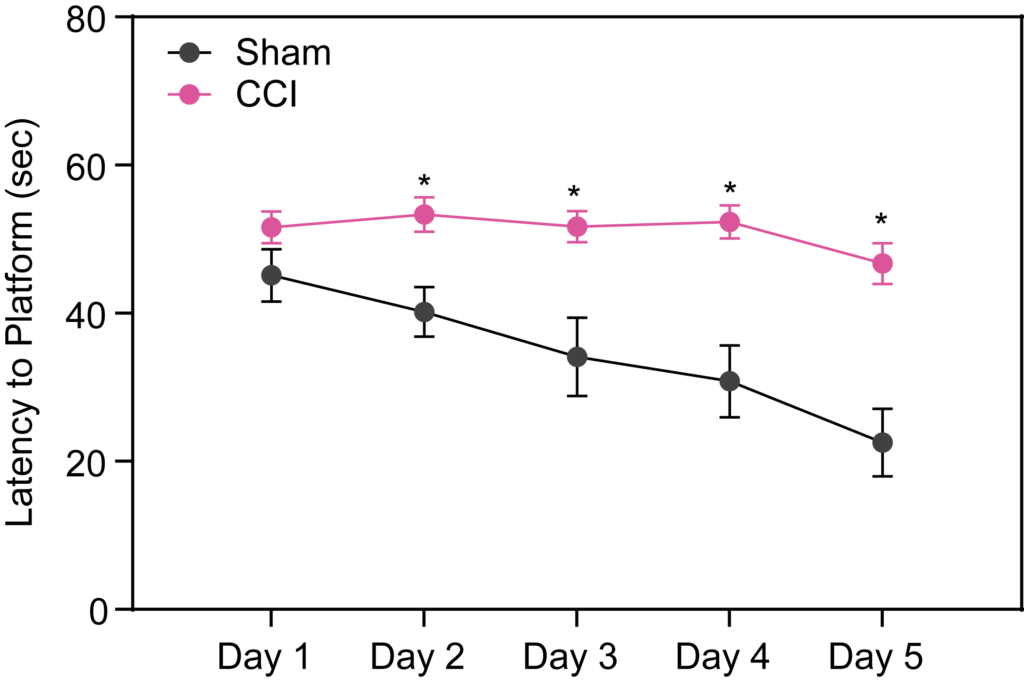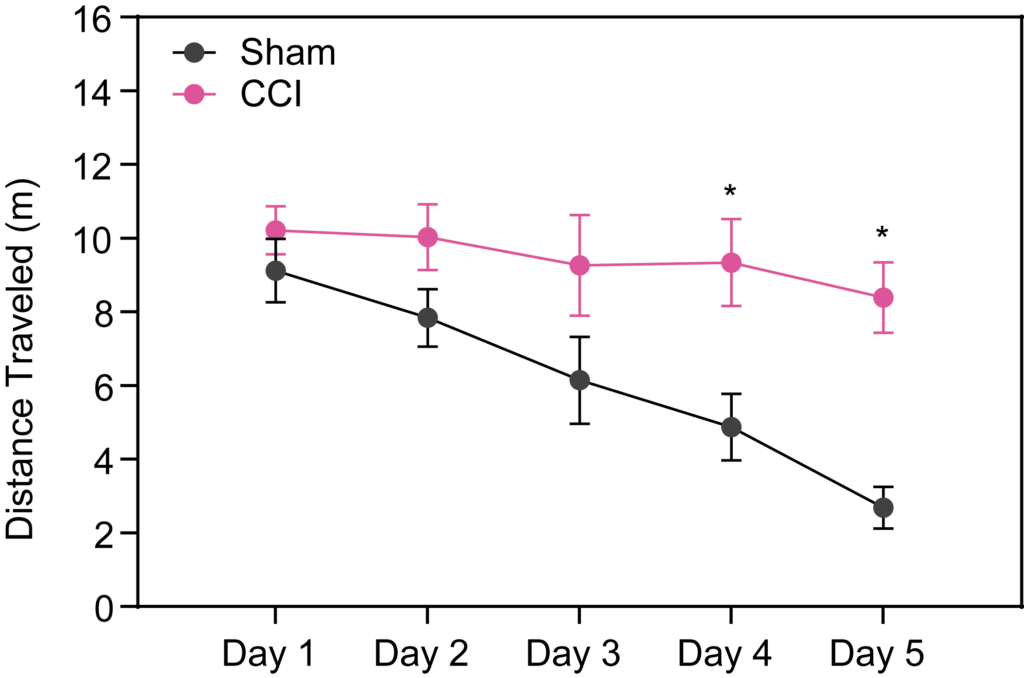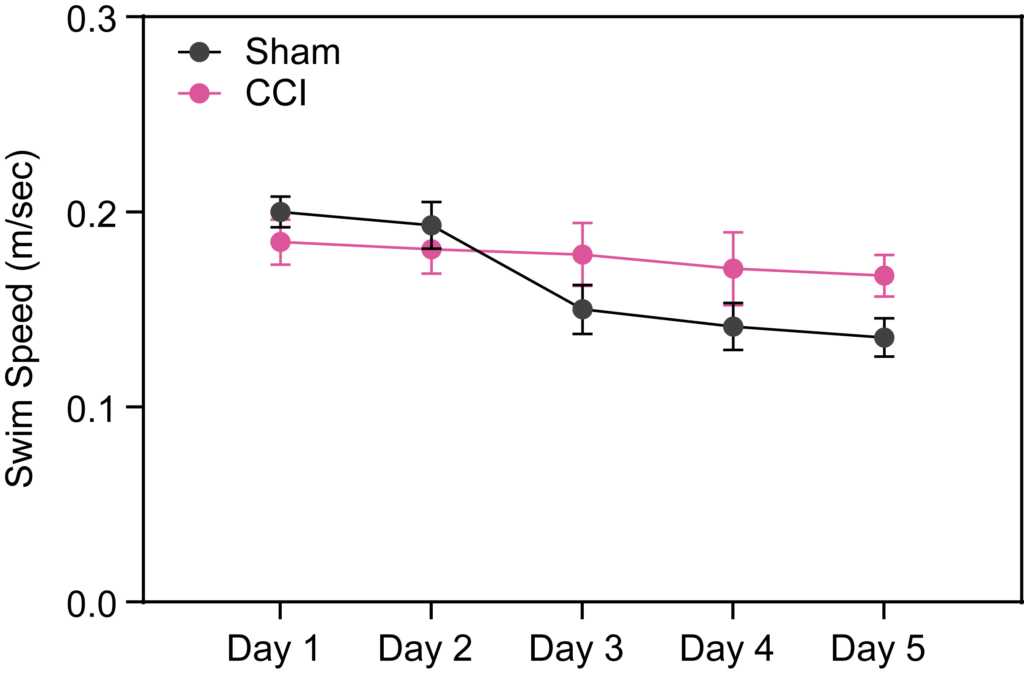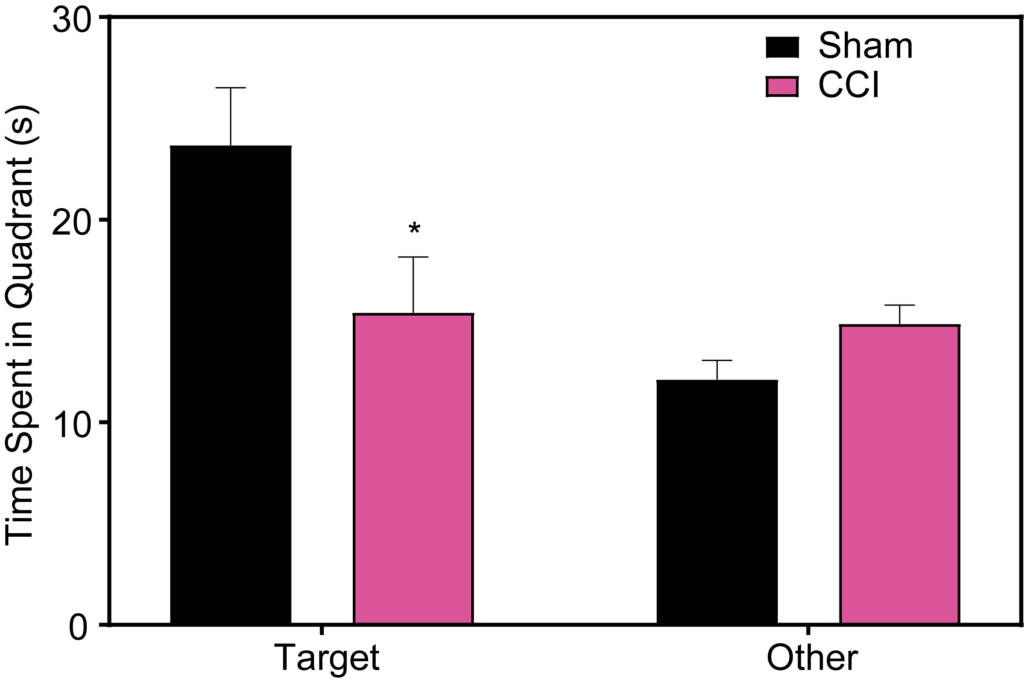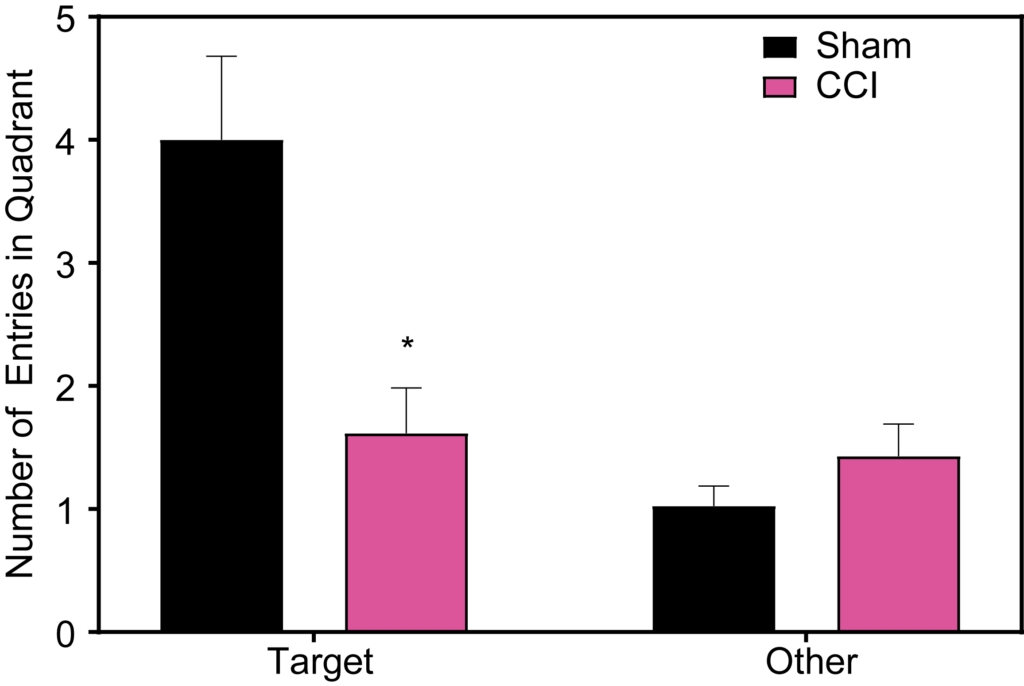A traumatic brain injury (TBI) is defined as a blow to the head or a penetrating head injury that disrupts the function of the brain. The severity of such an injury may range from mild (a brief change in mental status or consciousness) to severe (an extended period of unconsciousness or amnesia after the injury. At PsychoGenics, we are at the forefront of preclinical traumatic brain injury (TBI) studies, utilizing rodent injury models to accelerate the development of effective therapies for this silent epidemic.
Preclinical TBI Model Expertise
PsychoGenics employs the Controlled Cortical Impact Injury (CCI) model to simulate and evaluate the complexities of traumatic brain injury. CCI stands as a precise and meticulously controlled method for inducing traumatic brain injuries, characterized by its controlled displacement, speed, and dwell time. This advanced technique generates a “focal” injury directly through a craniotomy, leading to an immediate hemorrhagic response. Such focal injuries are pivotal in the study of traumatic brain injuries as they allow for the anatomical targeting of the lesion, enabling researchers to investigate the effects on specific areas such as the CA3 region of the hippocampus or the sensorimotor cortex. This model can be used to evaluate novel therapies.
Comprehensive Behavioral Testing and Pathology Endpoints for Preclinical TBI Studies
We conduct a broad spectrum of behavioral tests in the CCI model to evaluate the efficacy of your therapy. These tests can help evaluate the efficacy of your treatment on motor and cognitive function.
Preclinical Testing for TBI Therapeutic Efficacy
Thorough preclinical testing is essential to assess the efficacy of your TBI treatment. Through rigorous evaluation and validation, PsychoGenics provides a solid foundation of preclinical evidence, giving your clinical candidate its best odds of success.
Explore these areas of specialization:
